Reading development Normal Phonics Worksheets for Ages 6-7
5 filtered results
-
From - To
Enhance your child's reading skills with our Normal Phonics Worksheets, designed specifically for ages 6-7. These engaging printable resources feature fun activities that focus on phonemic awareness, letter sounds, and blending skills essential for early literacy development. Each worksheet is crafted to inspire young learners, making the process of mastering phonics enjoyable and effective. As children work through these materials, they will strengthen their reading abilities, boost their confidence, and foster a lifelong love for reading. Ideal for home or classroom use, our phonics worksheets support educators and parents in building a strong foundation for reading success. Discover the joy of learning today!
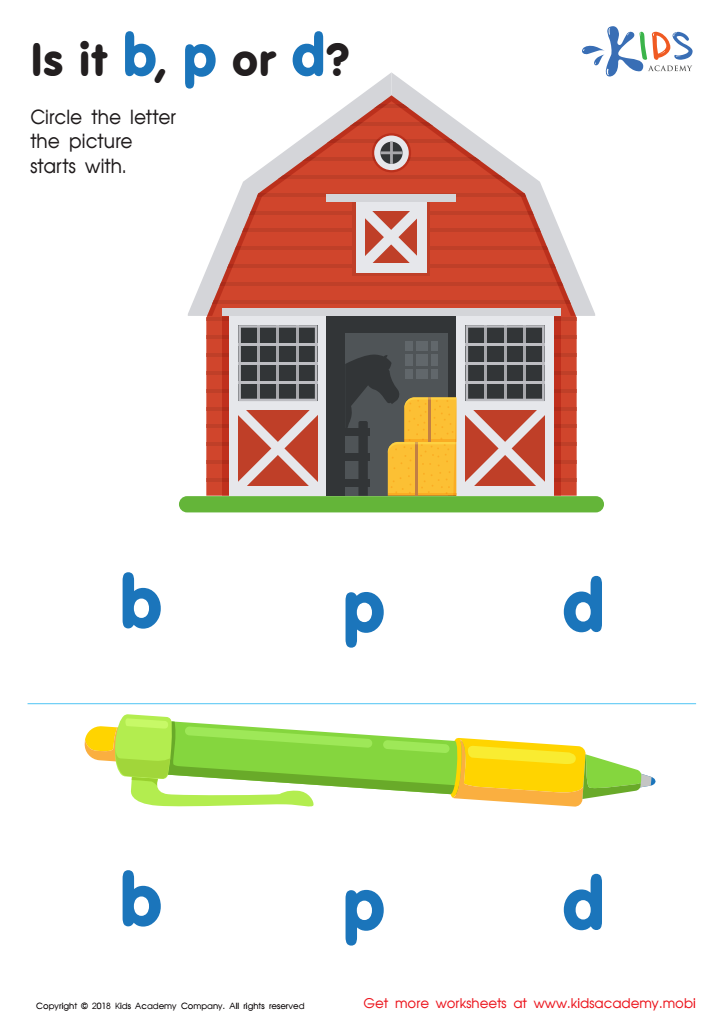

Is it b, p or d? Worksheet
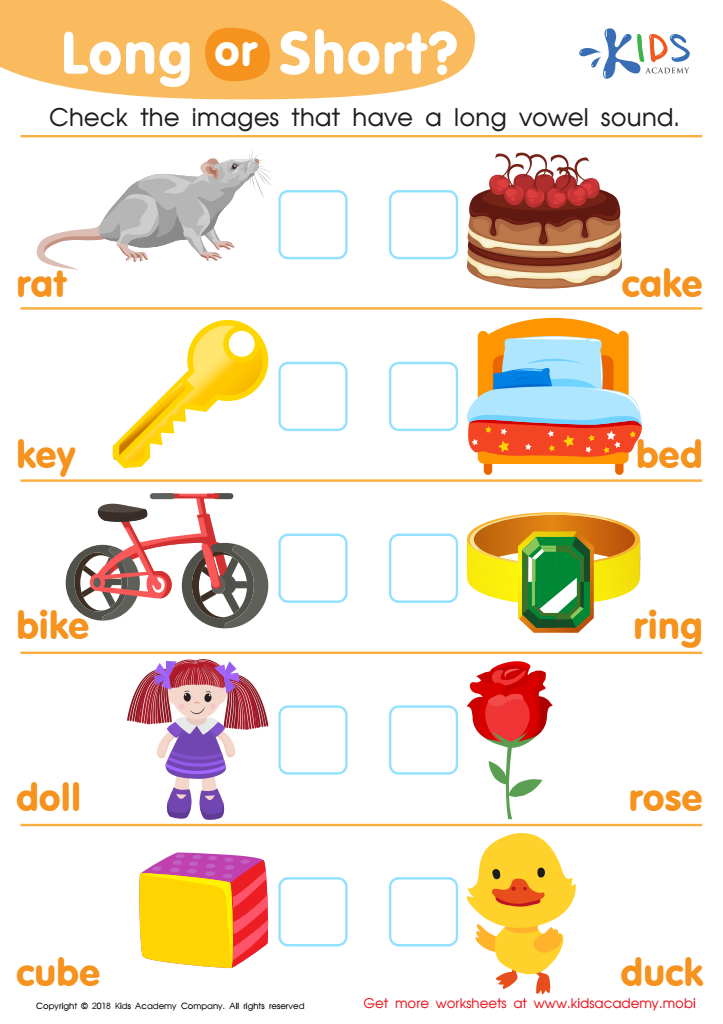

Long or Short Reading Worksheet
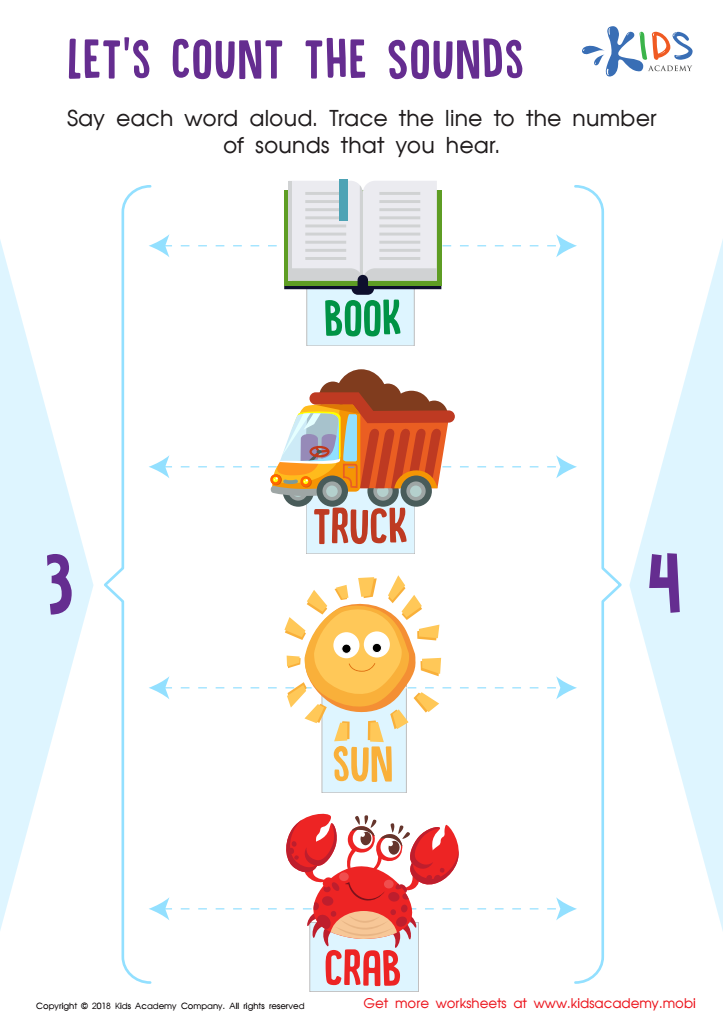

Let's Count the Sounds Worksheet
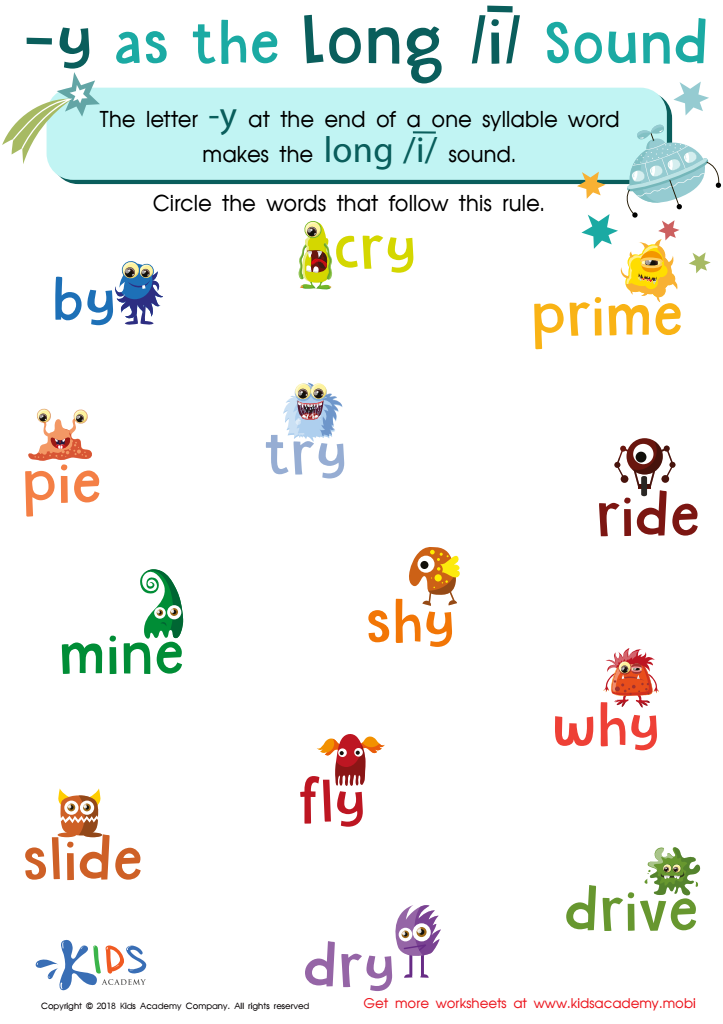

Reading: Y as Long I Worksheet
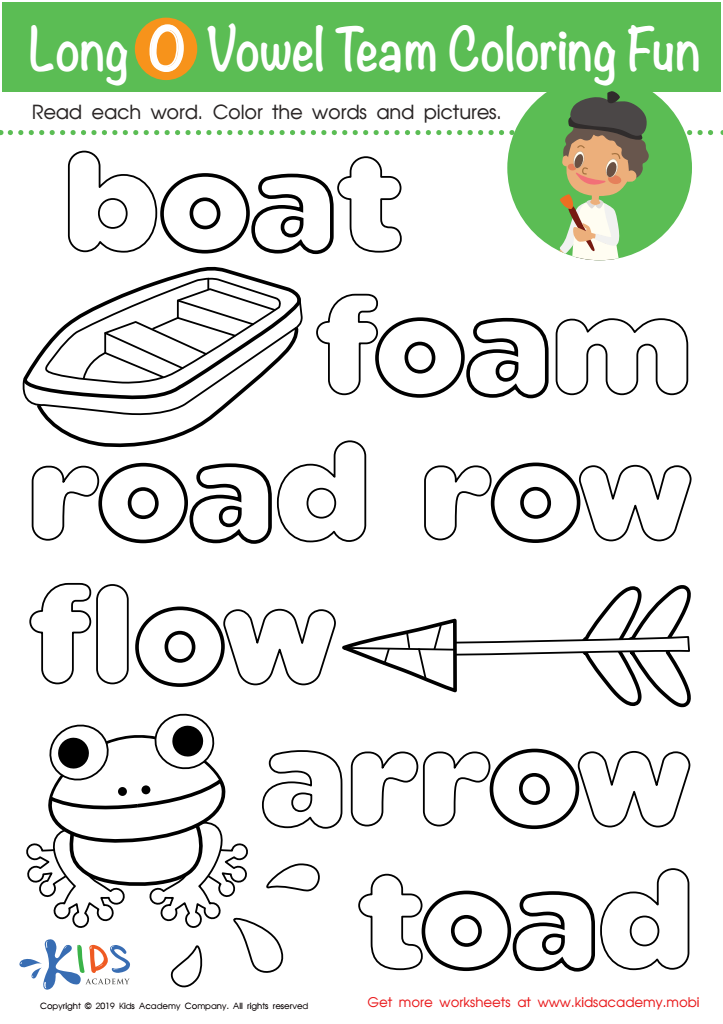

Long O Vowel Team Coloring Worksheet
Reading development through normal phonics for children aged 6-7 is vital for several reasons. This stage is crucial as children transition from learning to read to reading to learn. Phonics, the relationship between sounds and their corresponding letters or groups of letters, provides foundational skills necessary for effective reading.
At this age, children are beginning to encounter more complex texts, and strong phonics skills enable them to decode unfamiliar words confidently. Mastery of phonics supports vocabulary development, comprehension, and overall literacy, which are essential for academic success across subjects.
Moreover, learning phonics fosters a love for reading; when children can read independently, they are more likely to engage with books, enhancing their imagination and critical thinking skills. Furthermore, strong reading skills have lasting benefits, promoting lifelong learning and improved self-esteem.
Teachers and parents play a pivotal role by employing engaging activities and resources that make phonics enjoyable. Understanding the significance of reading development through phonics encourages them to create supportive learning environments, ensuring children reach their potential. Ultimately, nurturing these skills early sets the foundation for future academic and personal success, making it a priority for caregivers and educators alike.
 Assign to My Students
Assign to My Students




















